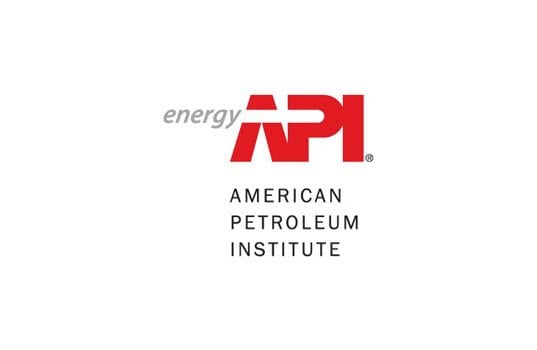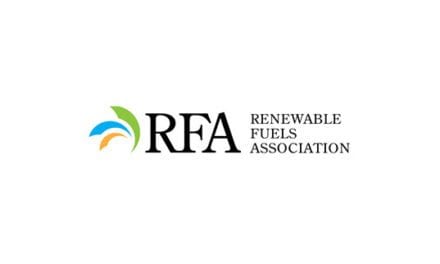The American Petroleum Institute released the following statement in response to the Department of the Interior’s announcement that it will issue a draft EIS for the leasing program proposed for the 1002 Area (coastal plain) of the Arctic National Wildlife Refuge (ANWR), on December 28.
“The coastal plain is a small portion of ANWR that has been identified for oil and natural gas exploration and the potential for safe and environmentally responsible energy development in this area is incredibly large and a key part of a long-term vision for U.S. energy security,” said API Director of Upstream and Industry Operations Erik Milito. “Responsible access to the Arctic region is in our national security interest, with other nations like Russia, Canada and Norway already actively exploring the area.
“Future development in this small portion of the coastal plain is supported by many of the North Slope tribal and village leadership, the Alaska State Legislature, and a majority of Alaskans. There is wide recognition that, in addition to national energy security, safe and responsible natural gas and oil development helps grow the economy, and meet the energy needs of American consumers.”
A recent report from the U.S. Energy Information Administration, analyzing the potential impact of natural gas and oil development in the coastal plain found that expanding access to Alaska’s energy resources in this area has the potential to strengthen U.S. energy security. According to a 2005 review by the U.S. Geological Survey, the 1002 Area contains an estimated 10.4 billion barrels of oil. At peak production, the 1002 Area could supply up to 1.45 million barrels of oil per day. Opening a small portion of the coastal plain to energy production could create tens of thousands of American jobs and contribute to significant economic growth. In addition, development is estimated to bring in between $150 billion and $296 billion in new federal revenue.
Source: U.S. Geological Survey
“Confirming areas for energy exploration is a good first step toward responsible natural gas and oil development,” said Milito. “Adding new avenues for domestic production can help put downward pressure on prices while also providing new jobs for Americans and potentially adding billions of dollars in additional revenue to the state and federal government in the coming decades. The earliest that production from the coastal plain could start would be after 2031 because of the time needed to acquire leases, explore and develop the required infrastructure for the production of oil and natural gas.”
Onshore seismic surveys and other similar initial exploratory activities detailed as part of the Department of the Interior’s announcement have previously been carried out responsibly in areas of the Alaska North Slope, while at the same time preserving the region’s wildlife or to the tundra environment. And throughout the long history of exploration and production in the region, wildlife populations have not only coexisted, but thrived.









